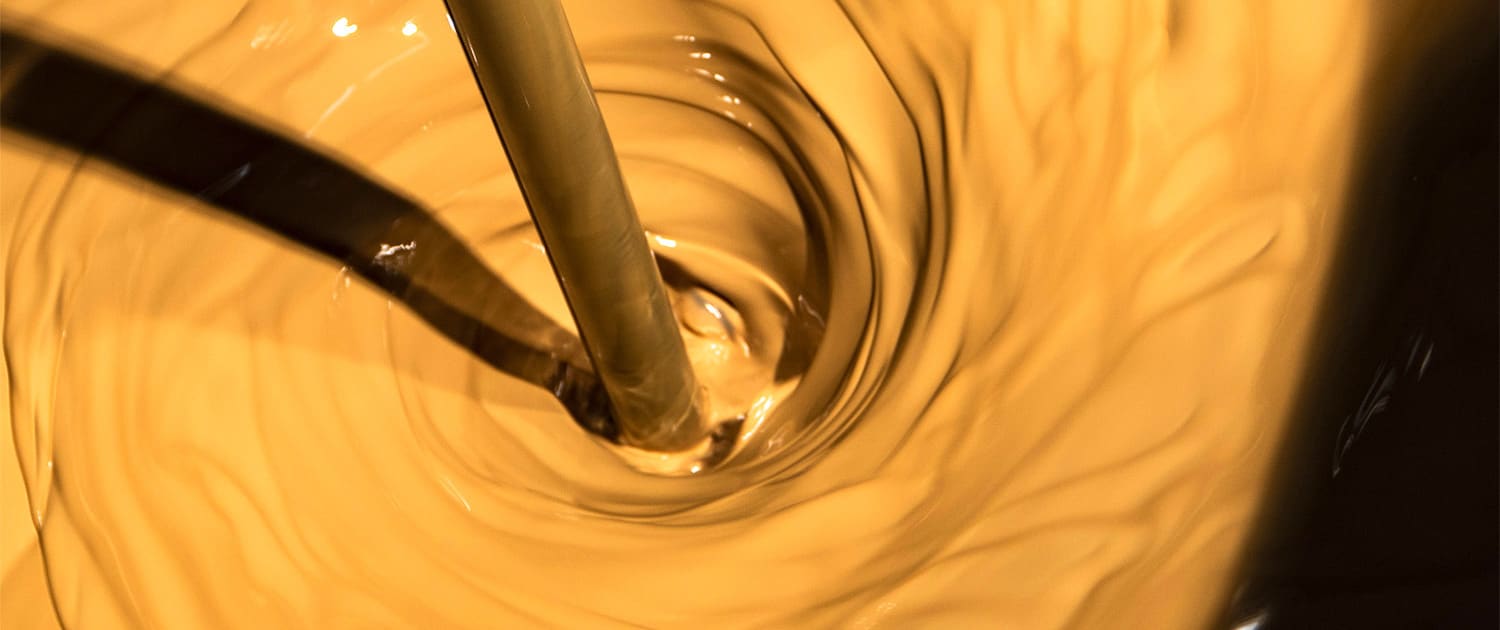Ceramic inks, also known as pigmented ceramic inks, represent one of the most important innovations in the ceramic industry. The Digital Evolution of Ceramic Decoration has given the sector innumerable advantages, many new perspectives in terms of quality, aesthetic possibilities, but also flexibility of the production lots of ceramic products.
Ceramic inks made with an inorganic pigment fraction that have a submicronic particle size distribution in a liquid suspension of addiditves and solvents, appropriately formulated, to allow its application through drop-on-demand printing systems.

The concept of the color scheme of ceramic inks, is based on the principle of the four-color process — cyan, magenta, yellow and black— known and used for paper printing.
Due to the high baking temperature of the ceramic products and the chemical aggression derived from the protective glazes of the ceramic surfaces, the ceramic color gamut does not equal the same result on paper with, by using only four shades.
The range of ceramic inks is wider to meet the producers’ chromatic requirements and obtain the broadest possible chromatic variety, including different shades of blue, beige, brown, green or white as well as yellow, pink and black.
Ceramic inks can have different chemical-physical characteristics depending on the different digital printers and printheads they are meant for.